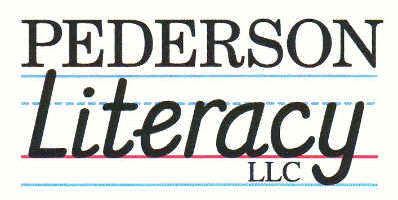Unlike articles on text complexity issues that perplex secondary readers, this article addresses the need to look more closely at the nature of primary-level text complexity. As a diagnostician who studies children’s reading abilities, this article presented an overview of critical comprehension features that are often overlooked at this level. This summer I worked with several students who needed a comprehension boost. My approach addressed several areas mentioned by these researchers. Students were introduced to several sets of new words, some of which were examined using the Concept of Definition Word Map to increase depth of understanding. Cohesion was addressed using cohesive anaphoric devices including pronoun reference. Specific reading comprehension skills were strengthened including main ideas, details, inference, drawing conclusions, and distinguishing fact from opinions. Reading fluency practice was included daily to strengthen word fluency. Word analysis included the use of words appropriate to student grade levels taken from the Bliemiller and Slonim Words Worth Teaching lists published in 2010. Students returned to their schools with more understanding of elements of reading comprehension. Many aspects of comprehension were still not addressed, but the fall school bells rang and the students returned to school full time once again.
Mesmet, H. A., Cunningham, J. W., & Hiebert, E. F. (2012). Toward a theoretical model of text complexity for the early grades: Learning from the past, anticipating the future. Reading Research Quarterly, 47(3), 235-258.
